U.S. Coins
-

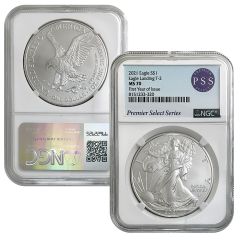
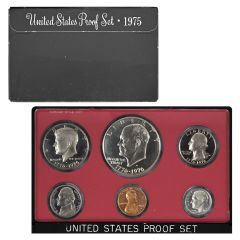
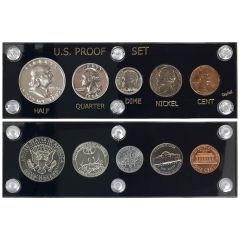
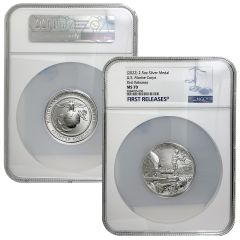
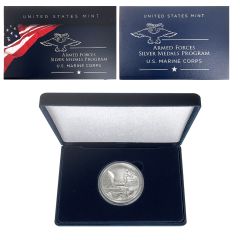
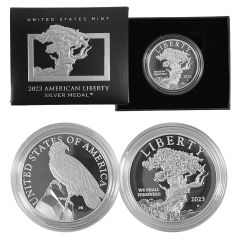
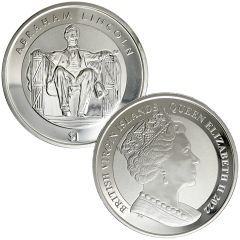
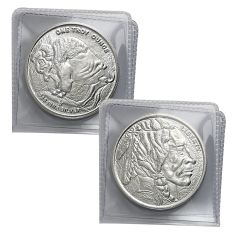
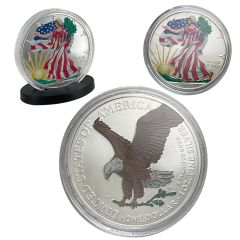
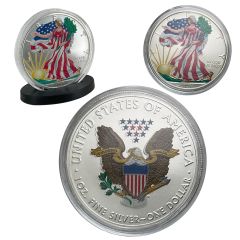
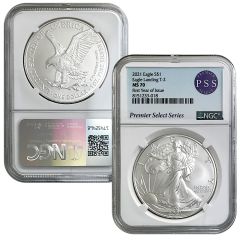
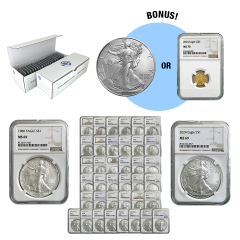
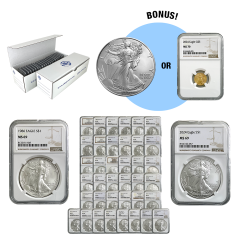
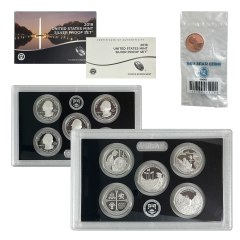
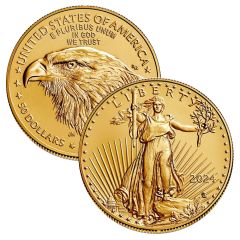

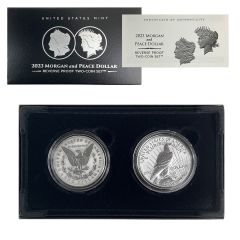
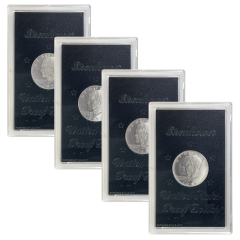
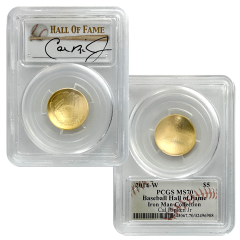


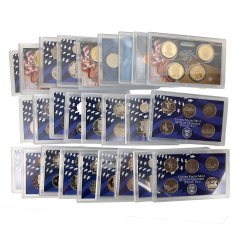
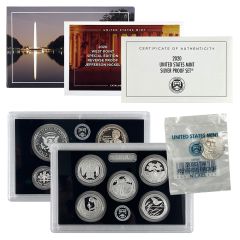
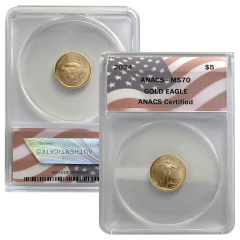
 Newsletter
Newsletter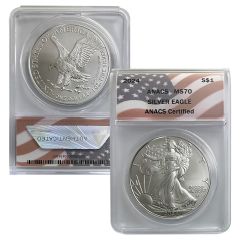
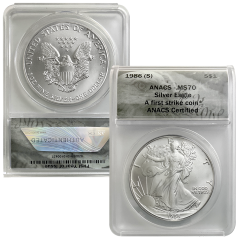
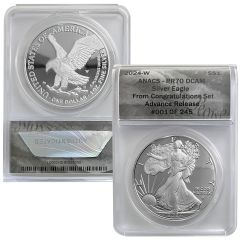
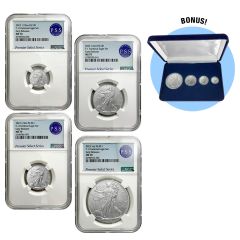
soon after the revolutionary war, the u.s. government authorized the different states to mint their own coins. in 1792, a coinage act was passed which decreed that a mint will be established in philadelphia to produce the first ever u.s. coins. the choice was obvious as philadelphia was the nation’s capital from 1790 to 1800 while washington d.c. was being built. david rittenhouse was the mint’s first director and he made sure u.s. coins were minted immediately from the new mint. the coinage act also specified the following coinage denominations:
copper: half cent and cent; silver: half dime, dime, quarter, half dollar, and dollar; gold: quarter eagle ($2.50), half eagle ($5), and eagle ($10).
during the first two gold rushes, in 1800s, the charlotte mint in north carolina, dahlonega mint in georgia and new orleans mint in louisiana were established. the 1849 california gold rush triggered the construction of a mint in san francisco. the silver from comstock lode did it for the carson city mint in nevada. the san francisco mint alone minted nearly $4,084,207 in u.s gold coins. as gold was being discovered in different locations, one mint opened in denver, colorado which is still in use today, and another was constructed in dalles city, oregon but was never put into operation. assay offices were also opened at various locations to test the purity of the ore that was brought in for minting coins. most of these mints were closed at different times in the mint timeline as the ore dried up after mining continuously.
the mint currently operates production facilities in philadelphia, san francisco, denver, and west point, and a bullion depository at fort knox, kentucky. the u.s. mint is headquartered in washington d.c.
